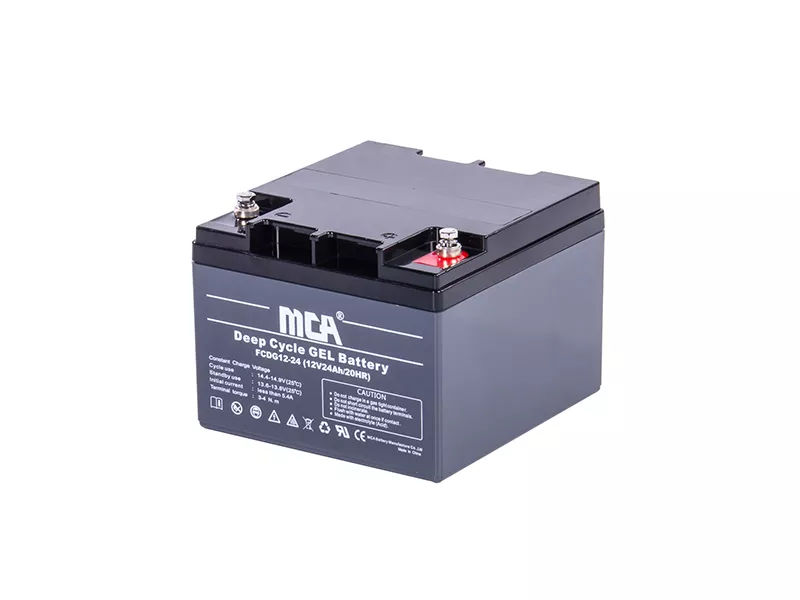. deep cycle lead-acid battery type
deep cycle lead-acid battery and starter lead-acid batteries battery plate structure difference between lead. The active plate of the deep cycle battery plate is thicker, the active slurry density is higher, and the diaphragm is thicker. The alloys used for deep-cycle battery plates may contain more antimony than starter batteries. Thicker battery plates can resist corrosion by extending the charge and discharge cycle.
Deep cycle lead-acid batteries generally fall into two broad categories; Flooded (FLA) and valve-controlled lead acid (VRLA), where VRLA types are further subdivided into absorbent glass mat type (AGM) and gel type. Enhanced absorbent glass gaskets help reduce damage from spills and vibrations. In addition, rich liquid deep cycle batteries can be divided into subcategories of tubular plated Opz or plate plated. This difference usually affects the cycle life and performance of the battery.
"flooded" Because this type of battery contains a certain amount of electrolyte, the plate is completely flooded. The level of the electrolyte should be higher than the top of the plate, acting as a reservoir to ensure that the loss of water during charging does not reduce the level below the top of the plate and cause damage. A liquid-rich battery will decompose part of the water in the electrolyte during the charging process, so regular maintenance of a liquid-rich battery requires checking the electrolyte level and adding water. The main failure modes of deep-cycle batteries are loss of active material due to plate shedding, and corrosion of the internal grid supporting the active material.
Second, the capacity of deep cycle batteries is usually limited by the electrolyte capacity rather than the plate quality to improve life. Technical
although still much more expensive than conventional lead-acid batteries, but all kinds of rechargeable battery technology, such as lithium ion battery, is becoming more and more attractive.

third, application of depth of discharge battery
to transform the electric ship. Conversion of deep cycle batteries.
cathodic protection, which may include sea use
other purposes, especially in the absence of power generation capacity of sailboats, Usually smaller ships
92}}
to trawl fishing entertainment, Industrial electric forklift and sweeper
electric wheelchair
for off-grid energy storage system for solar or wind power; Especially in small installations in a single building or RV. For remote field instrument or equipment power
recreational vehicles
traction batteries, used for driving a motor vehicle, Examples include golf carts and golf carts. Golf cart electric vehicles and other high-speed public roads
transportation communication number
uninterruptible power supply, usually used for computer and related equipment, Also used in sewage pump
audio equipment, similar to the UPS, but also used in some "clean power"; The device provides clean DC power isolated from the mains for inverting to AC power, Maximum of audio signal